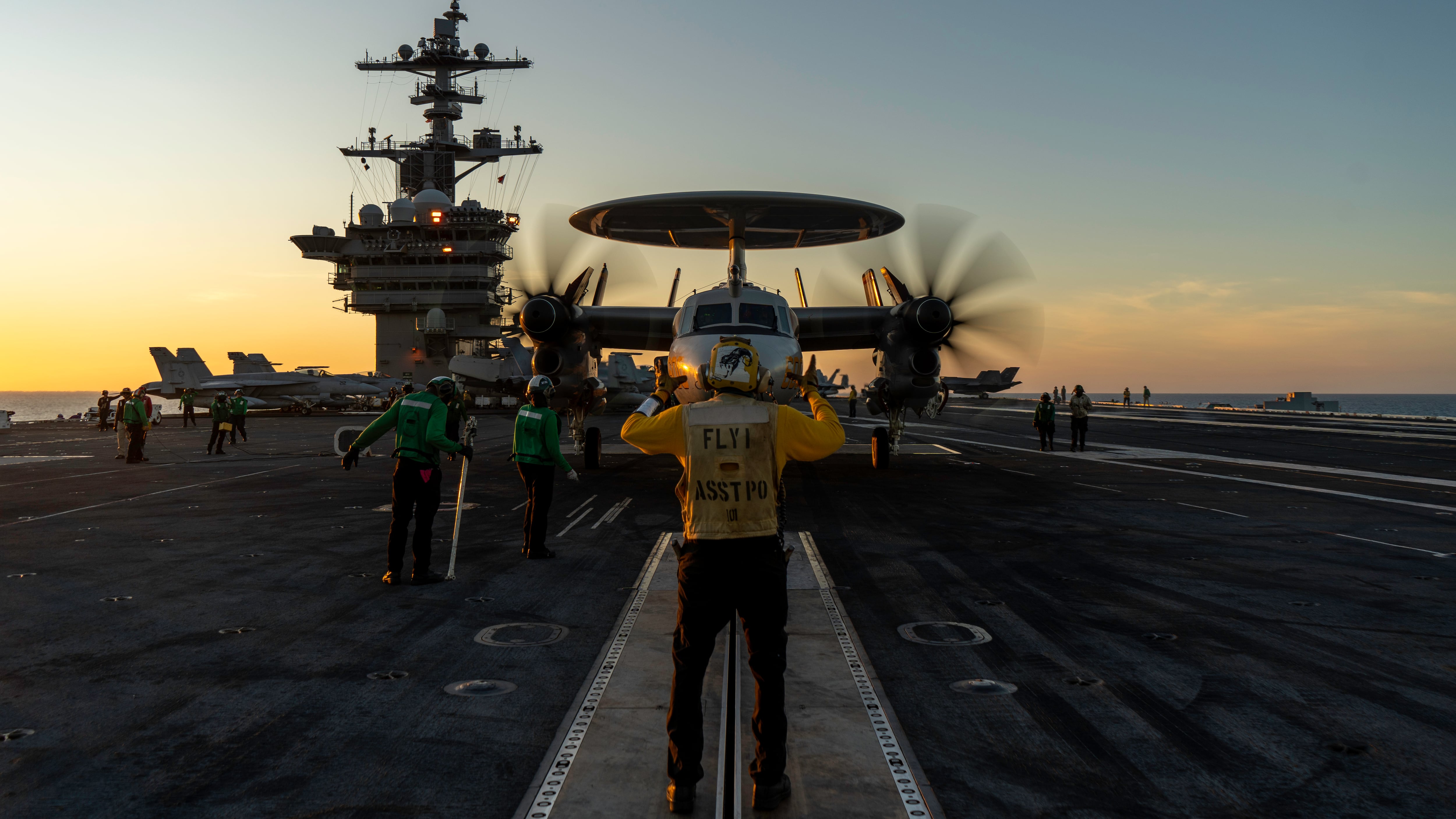The Air Force has flown a large majority of all airstrikes in Iraq and Syria, with the mission expected to change as Islamic State fighters adjust to the aerial bombardment.
Seventy-four percent of the more than 240 strikes in Iraq and Syria have been flown by Air Force aircraft, including 50 percent of all strikes in Syria. The U.S. Air Force has flown 95 percent of almost 1,300 tanker sorties, and more than 700 intelligence, surveillance and reconnaissance flights. All told, the service has accounted for 70 percent of about 3,800 sorties in the fight against the Islamic State.
These flights have changed how the Islamic State is operating in Iraq and Syria, said Maj. Gen. Jeff Harrigian, the Air Force assistant chief of staff of operations, plans and requirements.
"Instead of the columns of vehicles that you had previously seen with flags over the top ... they are a smart adversary," Harrigian said. "They have seen that that is not effective for their survival. So they are now dispersing themselves to allow themselves situations to be more survivable, if you will, which requires us to work harder to locate them and develop the situation to appropriately target them."
The weeklong air battle has prevented Islamic State forces from amassing on a large scale, along with degrading the group's command and control abilities and impacting their finances through destruction of their operations at oil refineries, Harrigian said.
All of the aircraft have depended on surveillance and reconnaissance aircraft to both develop targets and conduct after-action battle damage assessment. The U.S. does not have boots on the ground to help provide targets, however the Air Force does have joint terminal attack controllers working in the combined air operations center to determine the targets and how to best target them.
"We have JTACs in the operations center that remain connected with the Iraqis or Peshmurga depending on who are supporting so we know where the front line is," Harrigian said. "As these requirements come up, we have done thoughtful analysis to offer them what would be the best capability to get after whatever that threat might be."
The highlight of the first attacks in Syria on Sept. 22 was the first combat flight of the F-22. F-22s are still flying over Syria, and while they have not dropped bombs since, the aircrafts' advanced avionics and improved situational awareness assists other aircraft in identifying threats and targeting.
"Planners are taking a look at the specifics of each mission, determining if they need them or not," Harrigian said. "It depends on the targets, where they are, and the environment ... those types of things to determine if it is necessary to fly the F-22 package at night."
Syria's air defenses have remained "passive" during the entire air campaign, Harrigian said.
Over the weekend, American and coalition aircraft targeted vehicles, safe houses and checkpoints, along with what activists said was a grain silo northeast of Aleppo. Activists have reported that the facility did not belong to the Islamic State and that those killed were civilians. Defense Department spokesman Army Col. Steve Warren said Monday that the U.S. "knows for a fact" that the site was used by the Islamic State as a vehicle staging facility.
The Defense Department has not found any evidence of civilian casualties in any U.S. or coalition airstrikes,Warren said




